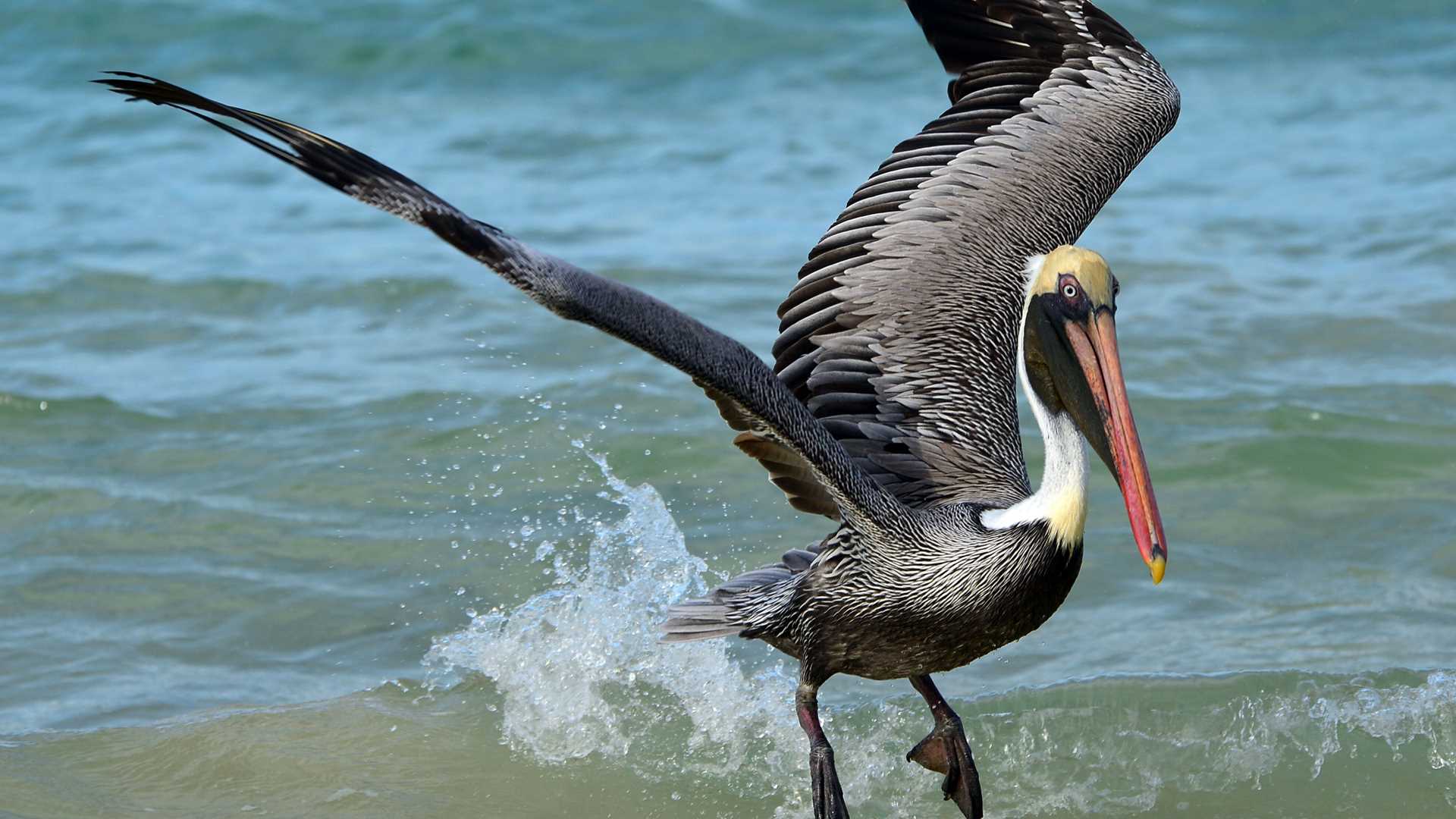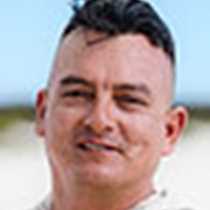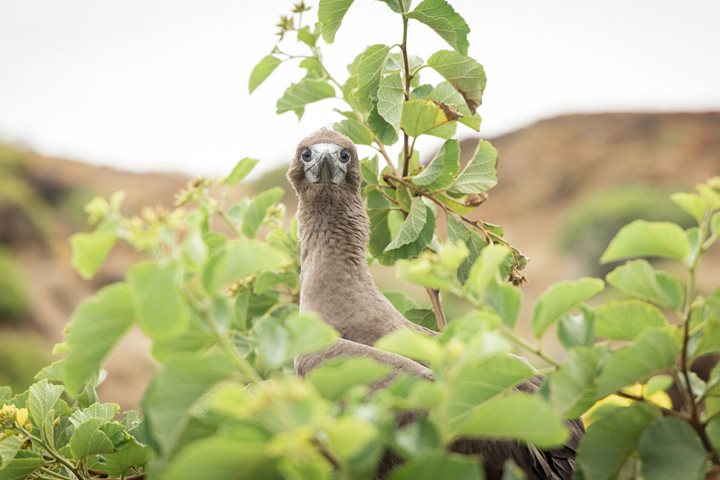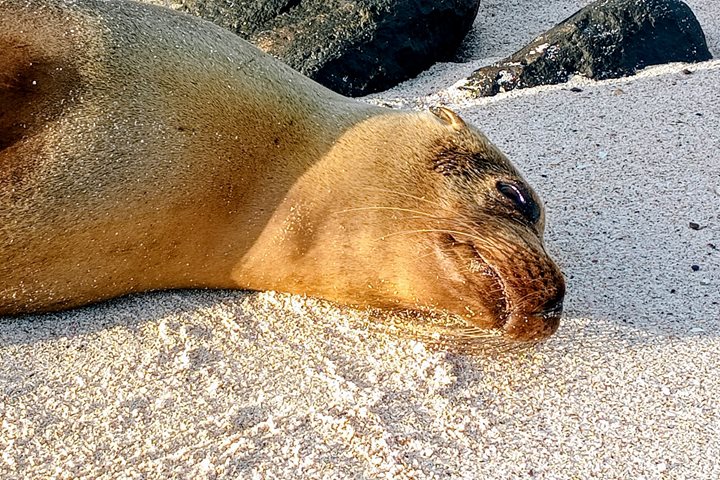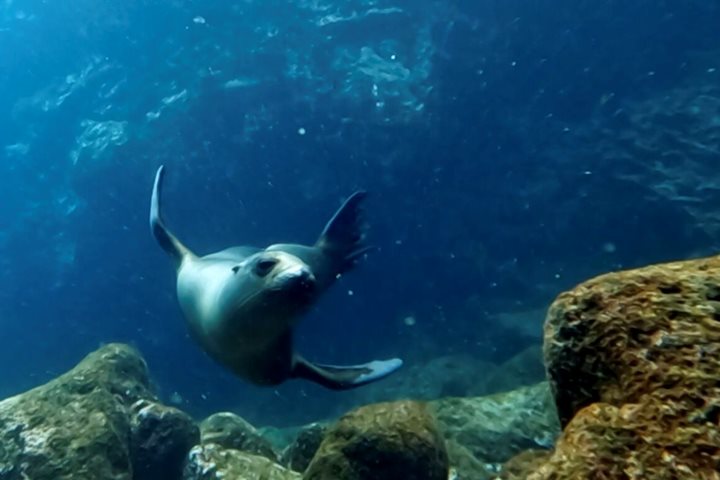Floreana, Charles, or Santa Maria, those are the three names given to this Island by different people who came to Galapagos at various times. The official name is Floreana, after the first president of Ecuador, who allowed General Jose de Villamil to annex the islands in 1832. Floreana was a favorite stop for sailors in the 18th and 19th centuries who came for fresh water to drink and for giant tortoises to eat. Among those visitors was Charles Darwin aboard the HMS Beagle in September 1835. Floreana was the first capital of Galapagos and the first to be colonized, partially for use as a penal colony. The island would continue to attract colorful characters, such as the Baroness and Dr. Richter who arrived in 1934, hoping to start a utopian community away from the difficulties of life in Europe at the time. In Floreana, they made a fresh start but unfortunately, things ended on a tragic note. The story has been chronicled in books and movies. More interesting to us is the beauty and biodiversity of Floreana. There is much to see, such as the Post Office barrel that once served as an informal mail service, and so much to do, including kayaking, snorkeling, and walking on the beach. Something for everyone.
- Daily Expedition Reports
- 25 Jun 2023
Floreana Island, 6/25/2023, National Geographic Islander II
- Aboard the National Geographic Islander II
- Galápagos
Franklin Ramirez, Naturalist
Edison Franklin Ramirez was born in one of the new provinces of Ecuador, Santo Domingo de los Sáchilas, also known as Santo Domingo de los Colorados; after the local ethnic group that uses a red dye made from achiote (from annatto seeds) to color the...
Read MoreShare Report
Galápagos Escape: An 8-Day Voyage
VIEW ITINERARYRelated Reports
6/23/2025
Read
National Geographic Islander II
Española Island
Today we visited Española Island, the southernmost—and one of the most spectacular—of all the Galápagos Islands. Known for its unique wildlife and dramatic landscapes, Española offered us a day full of unforgettable encounters. In the morning, we landed at Gardner Bay, where a long stretch of white coral sand welcomed us. Galápagos sea lions lounged along the shore, completely unfazed by our presence. Offshore, we snorkeled in the clear waters among colorful reef fish and Pacific green sea turtles. Playful sea lions swirled around us like underwater acrobats. In the afternoon, we explored Punta Suárez, one of the best wildlife viewing sites in the entire archipelago. The trail led us through colonies of Nazca boobies and blue-footed boobies, some engaged in nesting or courtship dances. We also witnessed waved albatrosses, many sitting on eggs or gliding in the wind above the cliffs. The highlight for many was watching a pair of albatrosses perform their elaborate, synchronized courtship ritual, full of beak clacking and head swaying. As we approached the cliff’s edge, we were treated to the dramatic sight of waves crashing against the rocks and the famous blowhole, which sent bursts of water high into the air. With seabirds soaring overhead and marine iguanas sunbathing in every direction, the magic of Española was on full display.
6/22/2025
Read
National Geographic Islander II
Floreana Island
Today the guests of National Geographic Islander II had a chance to snorkel at Champion Islet, just off Floreana Island. It was a breathtaking expedition to one of the most vibrant marine ecosystems in the Galapagos. As soon as we slipped into the water, we were greeted by schools of colorful fish and playful Galapagos sea lions.

